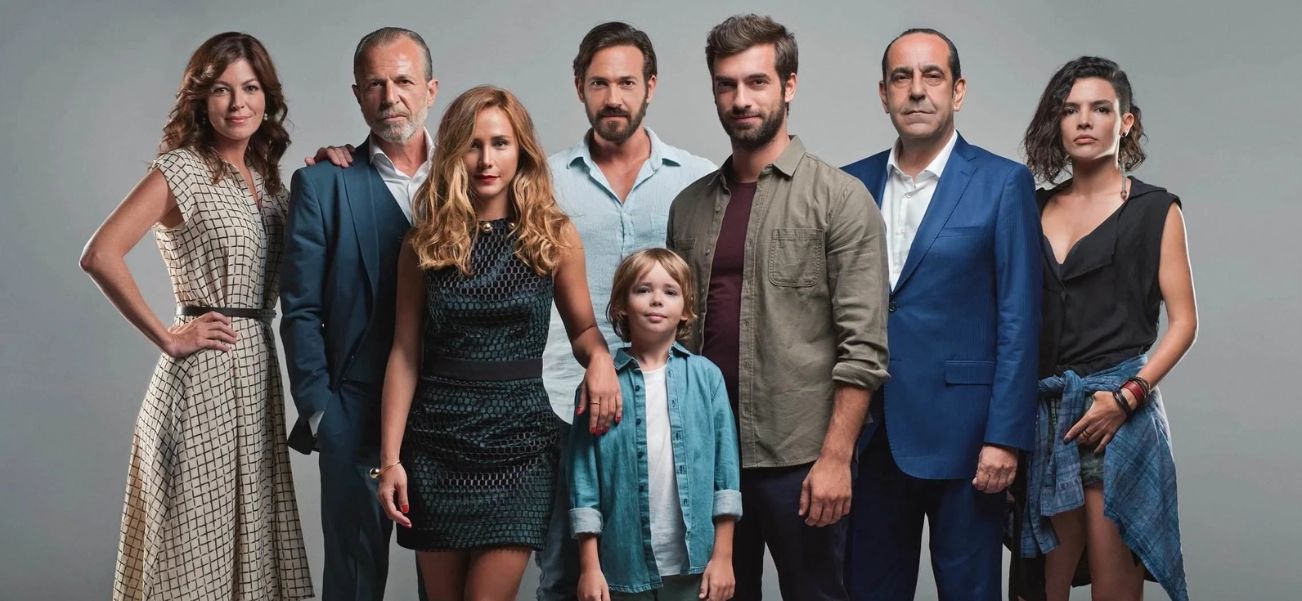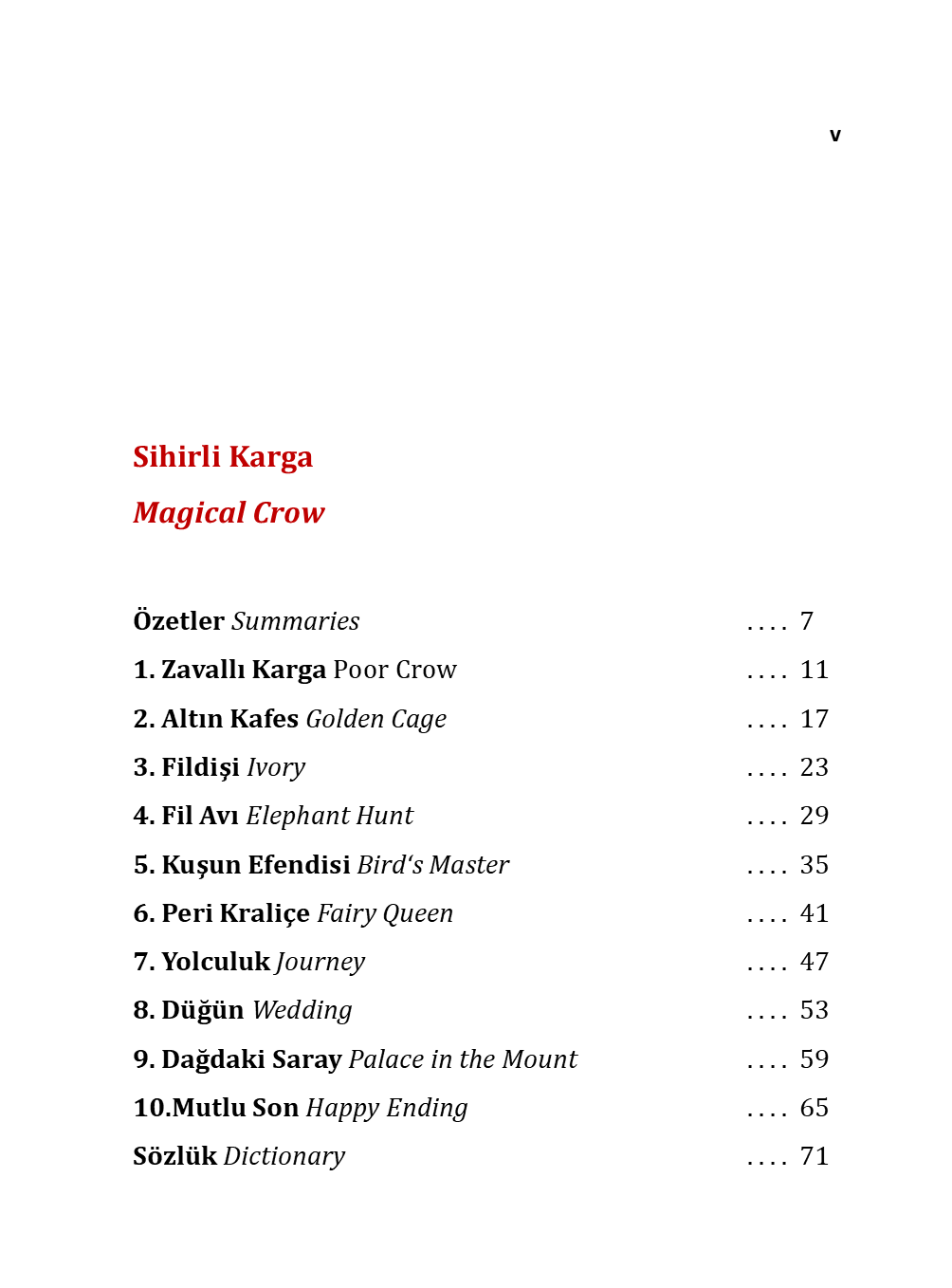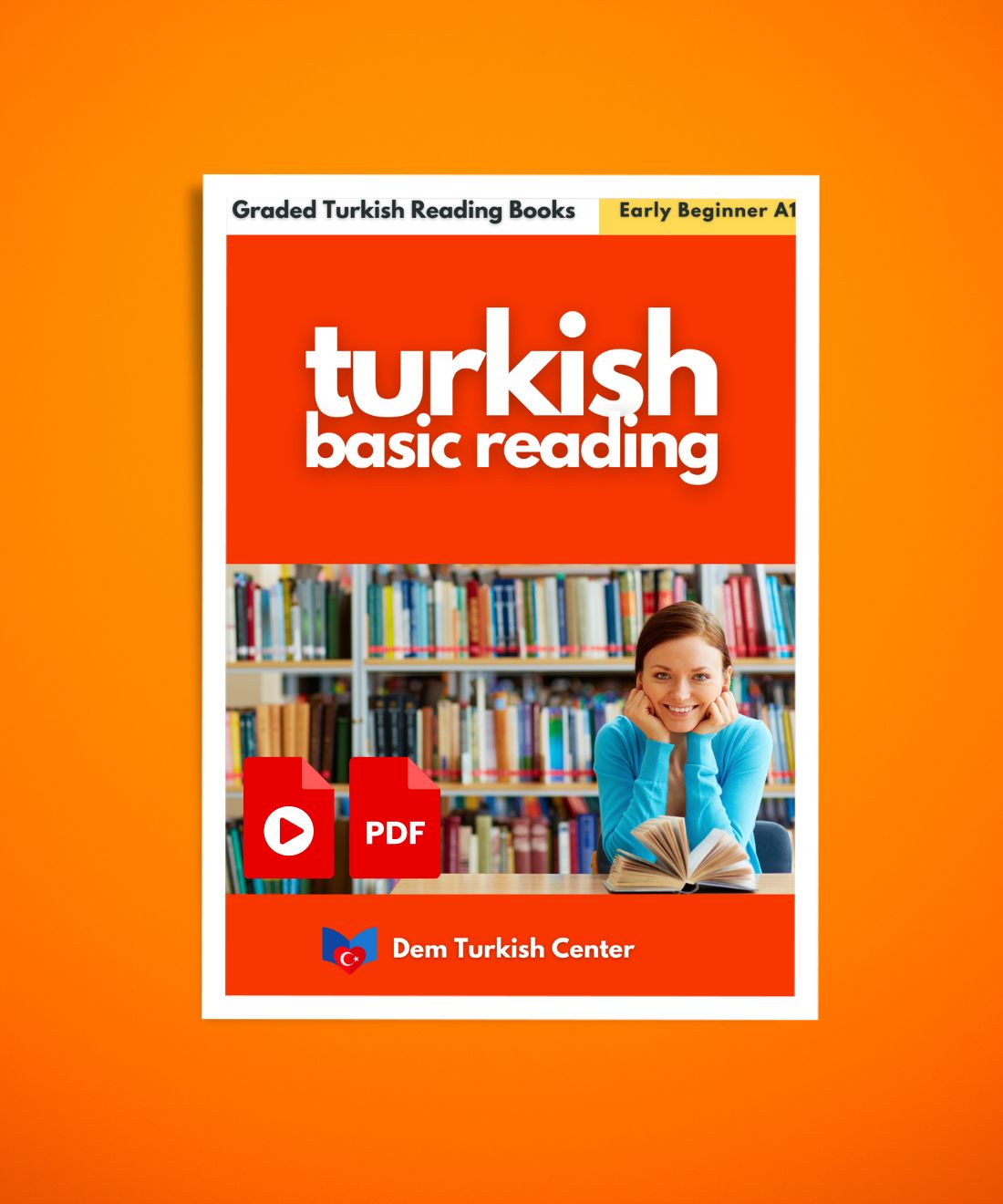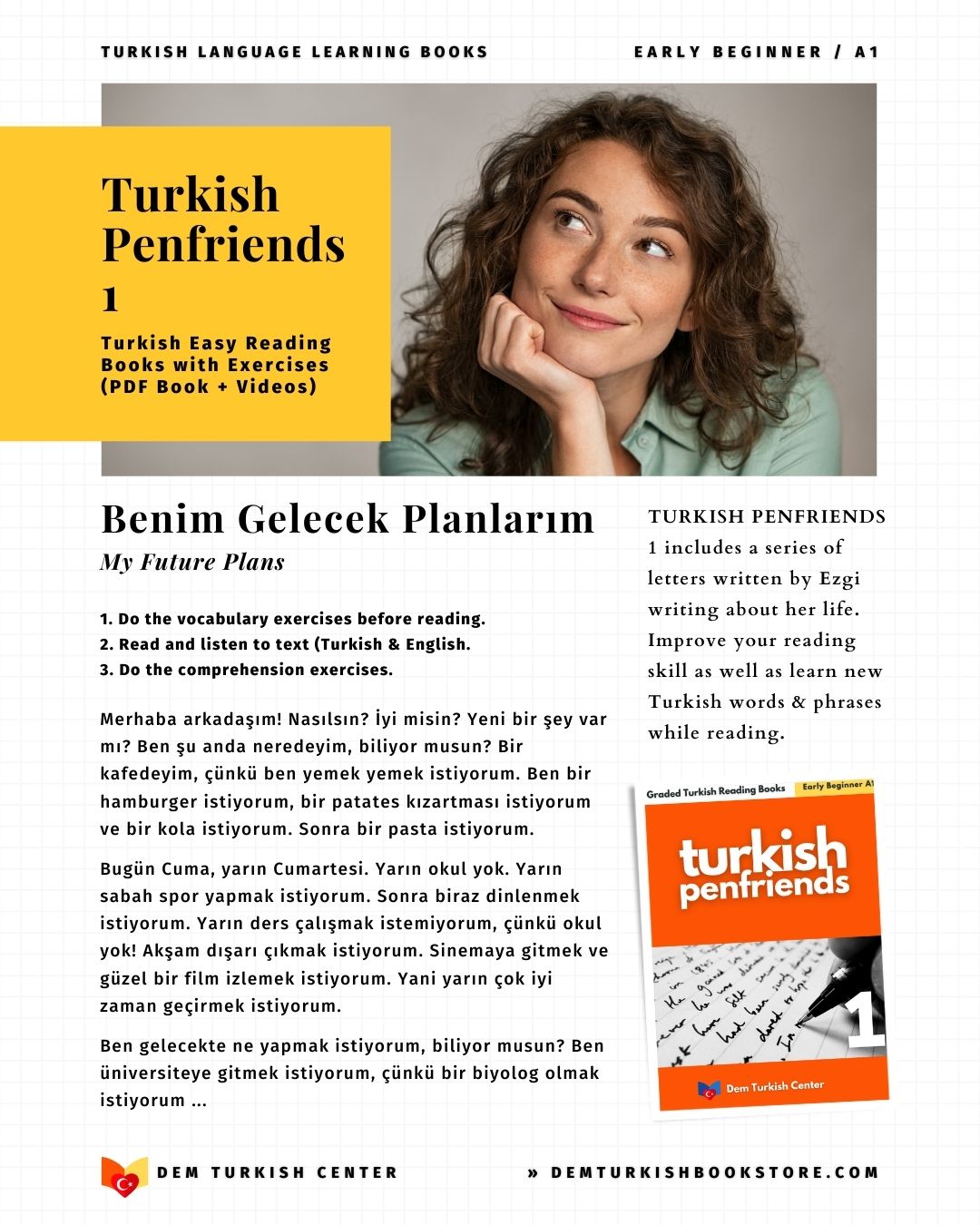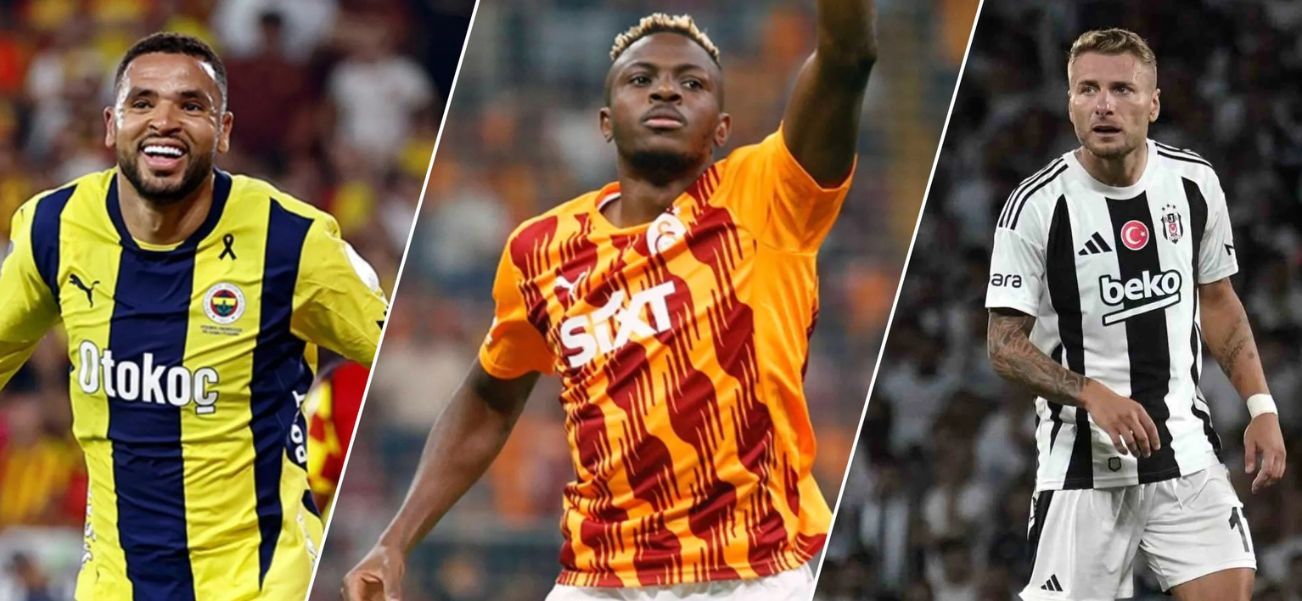
The Big Three of Turkish Football: Galatasaray, Fenerbahçe, Beşiktaş – A Fierce Rivalry Explained
In the heart of Istanbul, a city that straddles two continents, football is not merely a sport; it is a secular religion, a cultural identifier, and a weekly referendum on identity. At the center of this fervent passion stand three colossal institutions: Galatasaray, Fenerbahçe, and Beşiktaş. Collectively known as "The Big Three" (Üç Büyükler), their rivalries form the pulsating core of Turkish football, a trinity of competition that is as historical and complex as the city itself.
This is more than just a game. It is a saga of class divides, geographical pride, political allegiances, and generations of unwavering loyalty. To understand Turkish football is to understand the intricate, often brutal, and always captivating dynamics between these three giants. Let's embark on a deep dive into the roots, the identities, and the unforgettable moments that define this eternal triangle.
The Eternal Triangle: A Deep Dive into the Rivalry of Galatasaray, Fenerbahçe, and Beşiktaş
Listen to the podcast interview about "The Big Three of Turkish Football":
Part 1: The Foundational Fault Lines – Birth of the Titans
To understand the present, we must first travel back to the twilight of the Ottoman Empire. The late 19th and early 20th centuries were a period of immense change, and these clubs were born not just as sporting entities, but as statements of identity.

GALATASARAY: The School of Kings (1905)
Our story begins not on a pitch, but in a classroom. Galatasaray Spor Kulübü was founded in 1905 by a group of students from the Imperial Galatasaray High School, known as "Galatasaray Mekteb-i Sultânîsi". This wasn't just any school; it was the empire's premier institution, teaching in French and producing the Ottoman elite—diplomats, ministers, and intellectuals.
THE SECRET FOUNDING
The founder, Ali Sami Yen, and his friends had to form the club in secret, as sporting activities by Ottoman subjects were frowned upon by the palace. Their first name was a cipher: "Gloria." This clandestine beginning fostered a sense of exclusive brotherhood.
THE "ALİ SAMİ YEN" PHILOSOPHY
Yen's famous quote outlining the club's goal was: "To play together like Englishmen, to have a color and a name, and to beat the non-Turkish teams." This is crucial. From day one, Galatasaray's identity was outwardly focused, competitive, and bore a mark of sophistication. They were the "Lions," a symbol of nobility and power.
IDENTITY & SOCIAL CLASS
Galatasaray became the club of the established elite, the bureaucrats, and the wealthy families of neighborhoods like Nişantaşı and Beyoğlu. Their fans are often nicknamed "Cumhuriyet Çocuğu" (Children of the Republic), aligning themselves with the modern, secular values of the new Turkish Republic founded by Mustafa Kemal Atatürk. The term "Paşa Takımı" (The Pasha's Club) is a double-edged sword used by rivals to signify their elitism, but it's a label they often embrace with pride.

FENERBAHÇE: The People's Giant from Across the Water (1907)
Just two years later, across the Bosphorus in the Kadıköy district on the Asian side, a rival was born. Fenerbahçe Spor Kulübü was established in 1907, and its founding was, in many ways, a direct response to Galatasaray.
A ANATOLIAN ANSWER
While Galatasaray was the club of the Francophone elite in European Istanbul, Fenerbahçe positioned itself as the club of the Turkish middle class, the merchants, the artisans, and the heartland of Anatolia. Kadıköy was a burgeoning Turkish district, and the club became its beating heart.
THE NAME OF THE COLORS
The name Fenerbahçe comes from the neighborhood itself, meaning "the lighthouse's garden." Their iconic yellow and navy blue colors are said to represent the golden daffodils and the deep blue of the sea in that area. They are the "Yellow Canaries," but their spirit is anything but delicate.
IDENTITY AND THE REPUBLIC
Fenerbahçe skillfully wove its narrative into the fabric of the new Turkish Republic. They are proudly known as "Cumhuriyetin Takımı" (The Team of the Republic). Their rise to dominance in the early republican period cemented this image. They represented the aspirations of the common man in the new nation. Their fanbase is colossal, widely considered the most extensive in Turkey, with deep roots in every Anatolian city. Their anthem, "Yaşa Fenerbahçe," is a declaration of this giant status.

BEŞİKTAŞ: The Black Eagles of the Working Man (1903)
And then there is Beşiktaş, the oldest of the three, founded in 1903. Its origin story is unique and sets it apart from the very beginning.
THE FIRST AND THE FIGHTER
Beşiktaş Jimnastik Kulübü (Beşiktaş Gymnastics Club) was the first Turkish-founded sports club. It began not with football, but with gymnastics, weightlifting, and wrestling. This foundation built an identity on physical strength, discipline, and honor.
THE WORKING-CLASS HERO
Located in the Beşiktaş district on the European shore, it was the club of the fishermen, the blacksmiths, the port workers, and the civil servants. It was deeply rooted in the community in a way the others weren't. There was no elite school or bourgeois district behind it; it was purely the people's club of its locality.
THE LEGEND OF THE BLACK EAGLE
The story goes that before a crucial Turkish Football Championship match in 1941, a massive black eagle circled the stadium and then landed on the pitch. The Beşiktaş players, inspired, went on to win the game 6-0, and the nickname "Kara Kartallar" (Black Eagles) was born. This legend embodies their identity: majestic, powerful, and born from an omen of victory.
THE "ÇARŞI" ETHOS

No understanding of Beşiktaş is complete without its legendary fan group, Çarşı. Founded in 1982, Çarşı is more than a fan group; it's a cultural and political movement. Their famous motto, "Çarşı her şeye karşı" (Çarşı is against everything), defines their rebellious, anti-authoritarian, and left-leaning stance. They are the 12th man, the soul of the club, and the keepers of its working-class, fighter spirit.
Part 2: The Derbies – The Battlegrounds Where Legends Are Forged
When these identities collide, the result is a sporting event that transcends sport. The country grinds to a halt. The derbies are visceral, emotional, and often unpredictable.
The Intercontinental Derby: Galatasaray vs. Fenerbahçe

This is the fixture. The "Kıtalararası Derbi". It's El Clásico, the Old Firm, and the Superclásico rolled into one. The geographical divide of the Bosphorus is a perfect metaphor for the cultural chasm between the two.
THE CLASH OF TITANS
It's the Elite (Galatasaray) vs. The People (Fenerbahçe). It's European Istanbul vs. Asian Istanbul. It's the "Pashas" vs. the "Giants." The build-up lasts for weeks, and the media frenzy is all-consuming.
ICONIC MATCH DEEP DIVE: THE 1996 TURKISH CUP FINAL
This match is the quintessential example of the rivalry's raw emotion. On April 24, 1996, the two teams met in the cup final. The tension was already sky-high. In the 69th minute, with Fenerbahçe leading 1-0, all hell broke loose. A foul sparked a mass brawl. It wasn't just players; substitutes, coaches, and officials flooded the pitch, throwing punches. The image of Galatasaray's Romanian star Gheorghe Hagi and Fenerbahçe's Turkish legend Bülent Korkmaz trading blows became an iconic, if infamous, snapshot of the hatred. The match was abandoned. This wasn't just a fight; it was the embodiment of decades of pent-up rivalry spilling over. Both clubs were punished severely, but the memory is etched forever in the minds of fans.
THE SHADOW OF 2011: THE MATCH-FIXING SCANDAL (Şike)
No discussion of this rivalry is complete without addressing the 2011 match-fixing scandal. Fenerbahçe, having just won the league, was at the center of a massive investigation that alleged a criminal network within the club had fixed matches. The fallout was catastrophic: club chairman Aziz Yıldırım was jailed, Fenerbahçe was banned from the Champions League, and they were not awarded the league title despite finishing first.
This event created a permanent schism. For Galatasaray and Beşiktaş fans, it was the ultimate confirmation of Fenerbahçe's corruption—a stain on their honor. The term "Şike-bahçe" became a permanent taunt. For Fenerbahçe fans, it was a political conspiracy, a "deep state" operation designed to bring their club down. To this day, it is the single most potent weapon in the rhetorical arsenal against Fenerbahçe and a source of profound grievance for their supporters.
The Derby of Istanbul: A Tale of Two Fixtures
While the Intercontinental Derby grabs the headlines, the battles with Beşiktaş are just as fierce, fueled by proximity and ideological difference.
Beşiktaş vs. Galatasaray: The Pure Class War

This is the rebel vs. the aristocrat. The working-class ethos of Beşiktaş's Çarşı clashes directly with the perceived elitism of Galatasaray. The atmosphere at Vodafone Park is particularly hostile for this fixture.
A LEGENDARY FIGURE: METİN TEKİN
For Beşiktaş fans, the winger known as "Metin-Ali" for his partnership with Ali Gültiken, is a symbol of this rivalry. His skill, work rate, and goals against Galatasaray made him a folk hero. He was one of them, a player who understood what it meant to wear the black and white against the red and yellow.
Beşiktaş vs. Fenerbahçe: The Ideological Battlefield

This is perhaps the most politically charged fixture. Beşiktaş's leftist, anti-establishment Çarşı stands in direct opposition to Fenerbahçe's fanbase, which is perceived to be more aligned with conservative and nationalist politics.
THE "WELCOME HELL" POSTER
In a 2013 match, Çarşı unveiled a massive banner directed at Fenerbahçe's then-star, Dirk Kuyt. It read, in English: "KUYT! You were in Liverpool, you were in Hell... Now you are in Hell's Embassy! ÇARŞI." This was a brilliant piece of fan culture, adapting their famous "Welcome to Hell" European slogan for a domestic rival, showcasing their creativity and psychological warfare.
Part 3: Icons, Architects, and Foreign Legions
The rivalries are personified by the players and managers who became legends through their contributions.

Galatasaray's European Kings
- Metin Oktay (The King) The original Galatasaray legend. A prolific striker in the 1950s and 60s, he was the first true superstar of Turkish football and a symbol of Galatasaray's dominance.
- Gheorghe Hagi (The Maradona of the Carpathians) The Romanian maestro was the catalyst for Galatasaray's golden era. His incredible vision, passing, and free-kicks made him a god. He understood the rivalry's intensity and became a central figure in it, as the 1996 brawl attested.
- The 2000 UEFA Cup Winners This team is sacred. Gheorghe Popescu, Hakan Şükür (the "Bull of the Bosphorus"), and Fatih Terim's managerial genius. Beating Arsenal on penalties in Copenhagen wasn't just winning a trophy; it was a national triumph. The subsequent 2-1 victory over Real Madrid for the UEFA Super Cup cemented their status as "The Champions of Europe," a title they hold over their rivals to this day.

Fenerbahçe's Domestic Giants
- Lefter Küçükandonyadis (The Legend) One of the first Turkish players to succeed in Europe (with Fiorentina), Lefter was a magical winger whose name is synonymous with Fenerbahçe's golden age. He was the people's champion.
- Can Bartu A contemporary of Lefter, Bartu was a versatile and gifted player who also starred in Italy. The Lefter-Can duo is the bedrock of Fenerbahçe's nostalgic identity.
- Alex de Souza (The Conductor) The Brazilian playmaker who defined the 2000s for Fenerbahçe. For a decade, he was their heartbeat, their leader, and their top scorer. His connection with the fans was profound, and his performances in derbies, especially his iconic free-kicks, made him a living legend.

Beşiktaş's Eagles of Heart
- Şeref Görkey A foundational figure from the early days, a player and later a legendary coach who embodied the Beşiktaş spirit of hard work and discipline.
- Les Ferdinand & John Carew The foreign strikers who became cult heroes. Ferdinand's "Sir Les" nickname and powerful play, and Carew's dominant physicality and crucial goals, endeared them forever to the Beşiktaş faithful. They were players who fit the "Eagle" mentality perfectly.
- The 2002-03 "Incredibles" Coached by Mircea Lucescu, this Beşiktaş team didn't just win the league; they did so playing scintillating football with a squad of beloved players like Ahmet Dursun, İlhan Mansız, and Daniel Pancu. They are remembered as one of the most entertaining teams in Turkish history.
Part 4: The Modern Coliseums and Financial Arms Race
The 21st century has seen the Big Three build fortresses worthy of their stature.
- Galatasaray's Nef Stadyumu Opened in 2011, this 52,000+ seater is a modern arena. Its design amplifies the noise, making it a truly intimidating "Hell" for visitors, especially on European nights.
- Fenerbahçe's Şükrü Saracoğlu Stadyumu The recent renovation transformed the old ground into a stunning, bowl-shaped stadium that holds over 50,000. Located in the heart of Kadıköy, it's a fortress that pulses with the energy of the "Yellow Wall."
- Beşiktaş's Vodafone Park Perhaps the most atmospheric of all. Built on the sacred ground of the historic İnönü Stadium, its location on the Bosphorus is unbeatable. Its tight confines and steep stands make it a cauldron where the Çarşı chants feel like they're coming from all directions.
Financially, the clubs are in a constant arms race. They generate huge revenues from their massive fanbases but are also burdened by debt. They compete fiercely for the best Turkish talent and have become a lucrative destination for global stars in their later years—a strategy that brings both prestige and risk. The presence of players like Drogba, Sneijder, Van Persie, Gomez, Quaresma, Aboubakar, and Dzeko has raised the league's profile but also its wage bill.
Part 5: The Unending Debate – A Triptych of Arguments
So, who is the biggest? In every pub, every tea house, every family gathering, this debate rages. There is no right answer, only deeply held convictions.
THE GALATASARAY ARGUMENT
"We are the Champions of Europe." The 2000 UEFA Cup and Super Cup are their trump cards. No other Turkish club has won a major European trophy. This gives them a unique, unassailable prestige on the continent. They also point to a strong domestic title count and a history of producing and attracting global superstars.
THE FENERBAHÇE ARGUMENT
"We are the People." Their claim rests on two pillars: they have the most officially recognized Süper Lig championships, and they have the largest fanbase in the world. They are "The Giant." They argue that while Galatasaray has a European cup, Fenerbahçe has the hearts of the nation. The "Şike" scandal is dismissed as a conspiracy, a narrative of persecution that only strengthens their fans' resolve.
THE BEŞİKTAŞ ARGUMENT
"We have the Spirit." Beşiktaş fans will concede that the others might have more titles in certain eras, but they will argue that no club has a soul like Beşiktaş. The unbeaten 1991-92 season is a point of immense pride. The cultural power of Çarşı, the legendary atmosphere at Vodafone Park, and the club's identity as the eternal fighter, the rebel with a cause, is, for them, worth more than any single trophy. They are the club of honor and heart.
Conclusion: A Tapestry Woven in Passion
The rivalries between Galatasaray, Fenerbahçe, and Beşiktaş are the engine of Turkish football. They are a complex, beautiful, and sometimes terrifying reflection of Turkish society—a nation caught between East and West, tradition and modernity, the elite and the people.
It is a rivalry that can divide families and paralyze cities. But it is also a shared culture, a common language of passion that unites millions in their love for the game. For the fans, it is a lifelong commitment, an identity passed down through generations. The next chapter is always being written, the next hero is always being forged, and the next derby is always just on the horizon, waiting to add another layer to this rich, eternal story.


